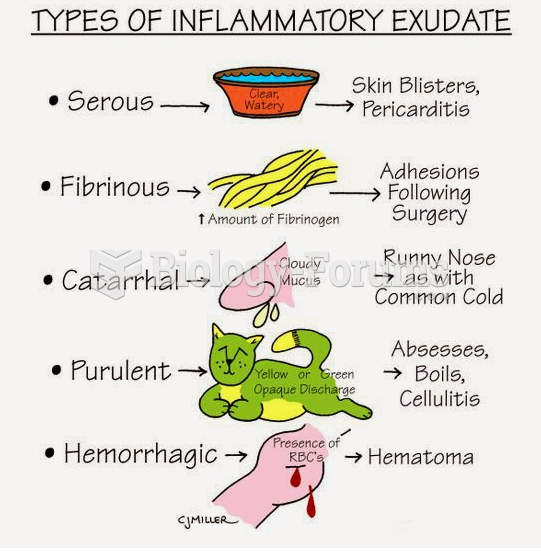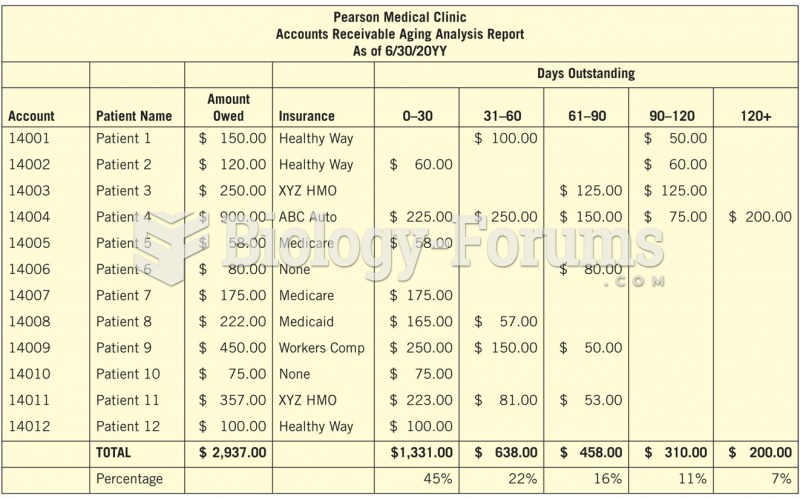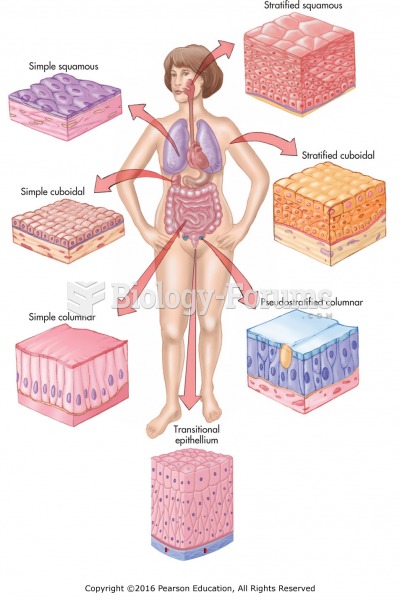Answer to Question 1
F
Answer to Question 2
You could give the following suggestions:
Local newspaper advertising: (Advantages: Reach in the local trading area; low technical skill level is required to create advertisements; short lead time for placing newspaper ads. Disadvantages: Short life; reader's time spent spread over many items; poor reproduction quality; little guarantee that the person exposed to the newspaper actually saw the ad; declining readership.)
Local and Cable Television Advertising: (Advantages: Dynamic nature of the medium; broad coverage; better impact on consumer memory; good for image building. Disadvantages: High cost; ads reaching well beyond relevant trading area; high competition for viewer's attention; channel switching during commercials.)
Radio Advertising: (Advantages: Good for targeted messages to select groups; ability to develop distinctive and appealing messages; low cost compared to some other media. Disadvantages: Commercials are usually not saved or referred to again like print media ads; radio's lack of innovation is a major shortcoming; listening patterns; nonvisual nature)
Miscellaneous Media: The retailer can advertise using media other than those previously identified: Yellow Pages, outdoor advertising, transit advertising (on buses, cabs, and subways), electronic information terminals, specialty firms, and shopping guides (newspaper-like printed material that contain no news). Each of these is usually best used to reinforce other media and should not be relied on exclusively unless the retailer's advertising budget is minimal.
Options like local magazine advertising, direct mail, Internet etc. could be considered by students. Despite their obvious advantages, some of these media may not fit in well with a local retailer's needs.
Retail ads must accomplish these three goals:
Attract attention and retain attention; that is, they must be able to break through the competitive clutter.
Achieve the objective of the advertising strategy.
Avoid errors, especially legal ones.







